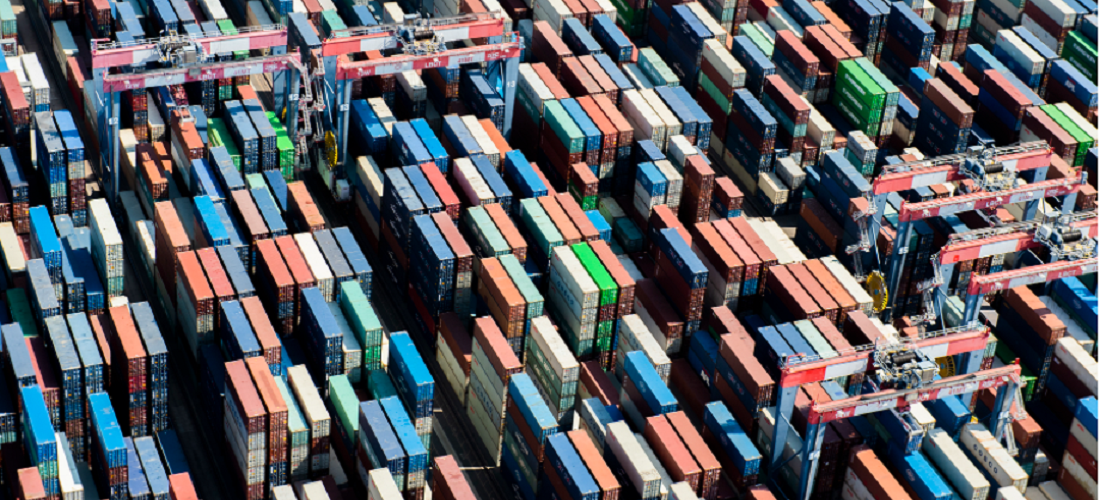
10% of global containers and 20% of fractional cargo face port congestion
Nov, 07, 2021 Posted by Ruth HollardWeek 202142
Ship congestion levels have reached unprecedented levels, with specific effects on containers and bulk cargoes. According to data from the consulting firm VesselsValue, the situation is so bad that it affects 10% of the available TEU and 20% of the global fractional load.
Charlotte Cook, the principal business analyst at VesselsValue, noted in a report that the port congestion this year stems from events such as bulk carrier delays in China from late 2020 until early this year, the blockade of the Suez Canal in March, and the accumulation of containers at ports, which has increased as Christmas approaches.
“With a total of 2,366,401 TEU (10% of the container fleet) and 181,635,500 DWT (20% of the Bulker fleet) currently waiting in line around the world, congestion is an important factor influencing vessel availability and rates as global economies continue to recover from the pandemic,” she said.
“The Chinese import ban on Australian coal first emerged around July 2020, prompting hundreds of Australian bulk carriers to wait at Chinese ports to try to unload their cargo. As a result, during the first six months of 2021, Capesize and Post Panamax vessels made 17% fewer trips from Australia to China, carrying 14% less in cargo volume, compared to the same period in 2020. A year later, the number of Australian bulk carriers waiting in china was reduced by about 50% when China decided to accept part of the loads due to its high demand for coal-fired power generation,” stated Cook.
In the case of containers, the analyst highlighted that in front of Los Angeles-Long Beach, “there are currently about 75 vessels still delayed, which is almost 20% more than expected a month ago, and more than 100% more than they expected two months ago”.
“The congestion at the port is still showing no signs of easing and is contributing to the lack of capacity of the ships we are seeing globally, putting pressure on ever tighter tariffs. In October, Post Panamax fees reached a staggering $130,000 per day, an increase of more than 300% over last year,” he added.
Source: Port Portal
To read the full original article, visit the link:
-
Ports and Terminals
Mar, 08, 2024
0
Portos RS hires Rightship’s Portrisk platform for port risk management
-
Coffee
Jun, 07, 2024
0
Brazil reaches agreement with China to boost coffee exports
-
Economy
Mar, 25, 2022
0
The “new global commodity order” created by Russia and Ukraine’s absence in the market benefits Brazil
-
Ports and Terminals
Mar, 22, 2020
0
TCP begins new service to East Coast USA


